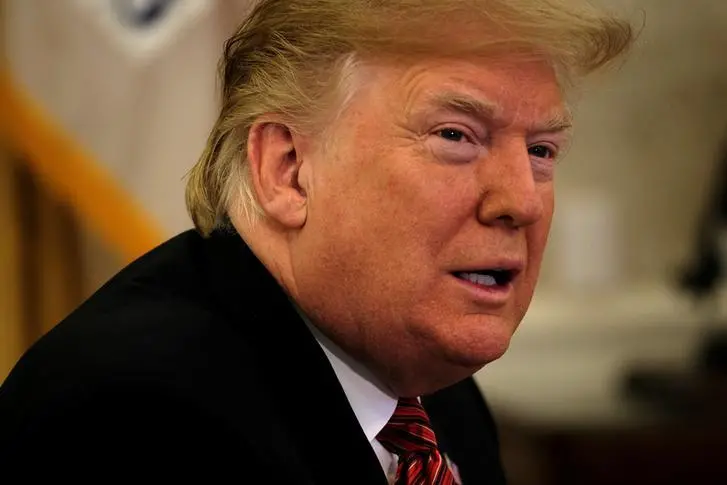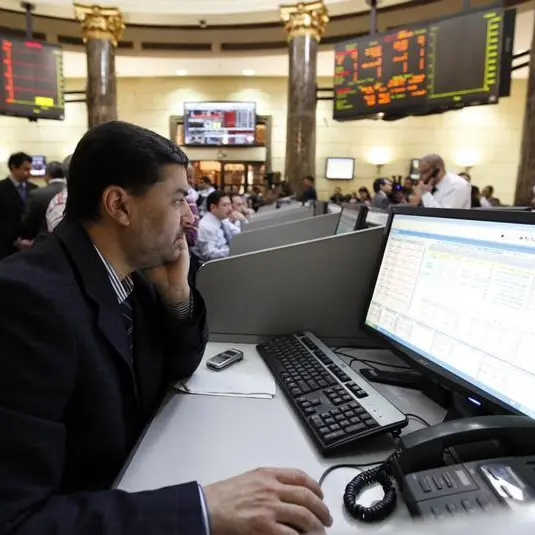PHOTO
WASHINGTON - The U.S. government shutdown is a bad omen for a bigger fiscal battle ahead. The economic impact of the partial federal closure sparked by President Donald Trump’s insistence on securing funding for a wall along the Mexico border will probably be minimal. The real danger comes if the dispute infects discussions about the U.S. debt ceiling.
The 18-day-old shutdown has become highly toxic. Trump and Democratic leaders publicly sparred at a White House meeting. And the president says he’s willing to keep doors and coffers closed for months or years. He’s addressing the nation on Tuesday evening to make his case.
The deadlock affects the 25 percent of government operating expenses that Congress has not yet funded. Some 800,000 federal employees have been put on furlough or are working without pay. That will be painful, though they should receive wages owed once their agencies reopen.
When the entire federal government was shuttered for 16 days in 2013 it cost the economy $24 billion. It “shaved at least 0.6 percent off annualized fourth-quarter ... GDP growth" that year, according to Standard & Poor’s.
If the fractious politics extends to discussions about the debt limit, though, the impact could be far worse. The level allowed has become highly politicized in recent years. It is usually put at roughly the amount the country has already borrowed. That’ll be some $22 trillion, a record, when it’s set at the start of March. So lawmakers have to agree either to raise it or suspend it. Such collaboration may be hard to achieve in the current environment.
Uncertainty about whether the U.S. government will pay its bills on time has had negative consequences in the past. In 2011, a fight over the borrowing limit prompted Standard & Poor's to cut the U.S. federal government’s credit rating from AAA to AA-plus – the first time it had been downgraded.
Trump’s Treasury Department warns that not increasing or suspending the limit would cause the government to default on its obligations, an unprecedented event that would almost certainly spark another financial crisis. Obama administration officials held similar views, but America’s fiscal health has worsened under the current administration.
Other upcoming political battles, such as whether Congress will approve a revamped North American Free Trade Agreement with Canada and Mexico, could be used to hold the debt limit hostage. These would have far more scary consequences for the economy than the current shutdown.
CONTEXT NEWS
- U.S. President Donald Trump will address the country on Jan. 8 to explain why what he sees as a crisis at the U.S.-Mexican border requires spending $5.7 billion on a wall.
- A dispute with Congress over funding for the structure sparked a partial government shutdown that started while the Republicans still had control of both chambers and has now lasted 18 days. Democrats took control of the House on Jan. 3, while Republicans retain the majority in the Senate.
- The shutdown affects 25 percent of government operating expenses that lawmakers have not yet approved. About 800,000 government employees are on furlough or are working without pay since Dec. 22.
- Separately, the U.S. debt limit will be reinstated on March 2 unless lawmakers agree to suspend or raise the ceiling. Total public U.S. debt that is subject to the limit was $21.9 trillion as of Jan. 4, according to the U.S. Treasury Department.
(Editing by Antony Currie and Martin Langfield)
© Reuters News 2019












